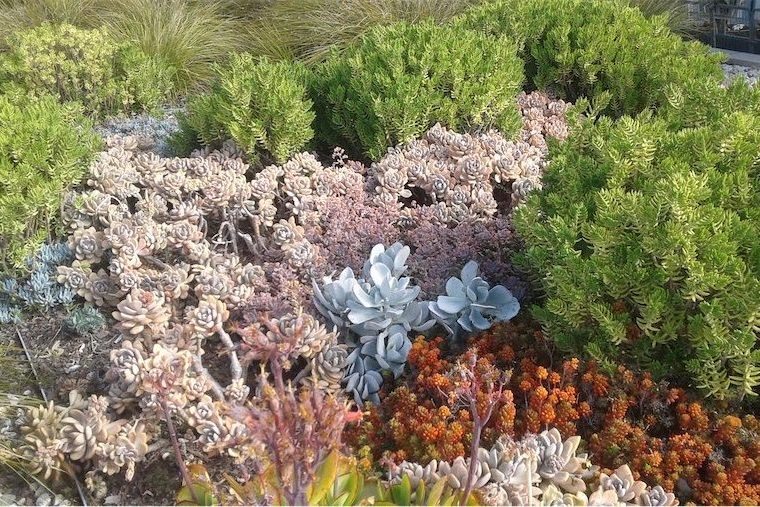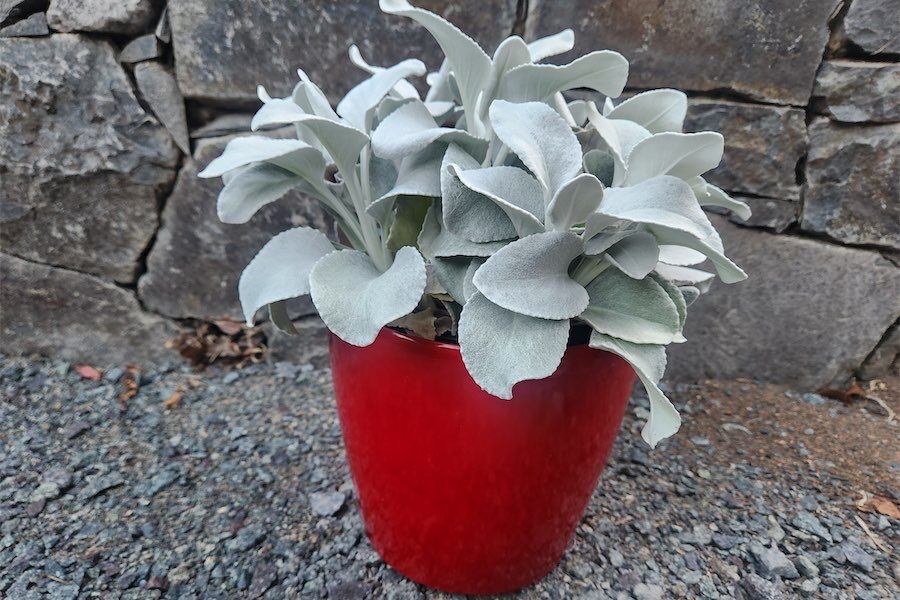
Early summer flowers are in full bloom, says gardening columnist JACKIE WARBURTON and it’s important to consistently water garden beds to prevent the soil drying out around the roots of the plants.
AS spring comes to an end, the garden changes slightly to fast-growing foliage and flowers and, of course, vegetables.

Early summer flowers are in full bloom. It is important to consistently water garden beds to prevent the soil drying out around the roots of the plants.
If the soil has dried out, use a seaweed solution or water crystals to hydrate the garden and, of course, use mulch to keep moisture in the ground for the warmer months.
Deadhead roses to keep them flowering through summer and liquid feeding them once a fortnight will keep them strong.
For “waterwise” plants, succulents are an easy go-to plant that need very little care once established. Most succulents like full sun, though some like shade. The aspect of the garden will dictate the best succulents to grow. With shallow root systems, they can grow well in small spaces and where water is a premium.
The most common succulent to start with would be Echeverias, Sempervivums and Haworthias. The potting mix for growing succulents needs to have good drainage. It’s easy to make your own. To sifted, general-purpose potting add an equal amount of sharp sand mixed with a little organic fertiliser.
It’s important to place a little gravel or mulch around the top of the pot to prevent any fungal splash on to the leaves and also as a decorative finish to the plant. Water once a week or when dry.

ELDERBERRY (Sambucus canadensis) flowers right through summer. It grows more like a loose shrub than a tight-leafed plant, but still can put on a good 2.5 metres of growth in one season.
Its foliage and growth is quite large and unsuitable to be clipped, but they are good for quick summer screening and grow well, say, under power lines in a backyard.
When flowering, Elderberry attracts pollinators and nectar-feeding birds to the garden.
It’s a woody herbaceous shrub that branches from a centre stem at the base of the plant each spring and, over time, the clump will get bigger and might need dividing.
In winter it is important to cut stems back to the base of the plant because the winter frosts will kill the stems anyway, and they will not regrow.
Dividing clumps every few years should be done in winter by lifting the whole plant out of the ground and using a fork or sharp spade to sever the clump into smaller pieces.
This versatile plant can also be used for erosion control on moist sites.
Its counterpart, the European Sambucus nigra, grows more like a small tree. It has beautiful black/purple lace-like foliage and makes a striking contrast in a lush green garden. It comes with the bonus of large, scented pink flowers. This variety grows to three metres tall and wide.
The flowers are on new growth on the tips of the stems and, if not pruned after flowering, in autumn there will be a display of blue berries that can be cooked.
Importantly, the berries need to be removed to prevent birds spreading the seed to local bushland. The edible berries and flowers are also popular for medicinal purposes and also used for dye and cordials.
Jottings
- Keep tying up tomatoes to keep the fruit off the ground.
- Squash any stink bugs on citrus trees.
- Keep water dishes clean for frogs, birds and insects and keep in the shade.
- Snap off iris that have flowers and sprinkle dolomite lime around them and water in.
Who can be trusted?
In a world of spin and confusion, there’s never been a more important time to support independent journalism in Canberra.
If you trust our work online and want to enforce the power of independent voices, I invite you to make a small contribution.
Every dollar of support is invested back into our journalism to help keep citynews.com.au strong and free.
Thank you,
Ian Meikle, editor





Leave a Reply